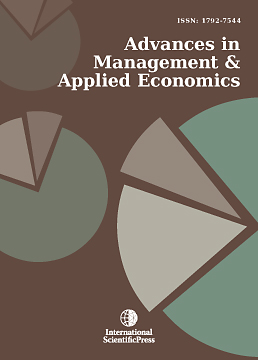Abstract
This paper analyses the change in fertilizer subsidy policy in Sri Lanka with a view to understand its impact on national rice production, demand/supply of inputs, farm profit and government budget. In addition, cost effectiveness of the fertilizer subsidy is evaluated in terms of transfer inefficiency. Demand supply equilibrium model along with input markets is employed to obtain the results. The results indicate, complete fertilizer subsidy reduction would reduce rice production by around 4%, while a 36% decline in the fertilizer demand for paddy cultivation. Although, the subsidy cut reduces the enormous government burden, farmers are unfavorably affected by 40% reduction of farm profit. Moreover, fertilizer subsidy would cause government to spend Sri Lankan Rupees (SLRs.) 1.38-1.91 to increase farm profit by one rupee. Meanwhile, a 3% decline of paddy production and a 14.5% increase in the rice price is expected with the proposed cash transfer policy.
JEL classification numbers: Q11, Q13
Keywords: fertilizer subsidy, transfer inefficiency, two-stage technology.
 [ Download ]
[ Download ]
